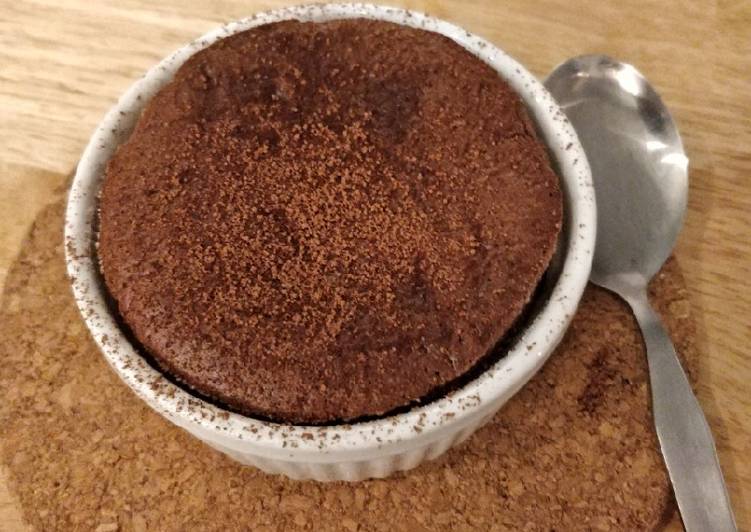
Hello everybody, it’s Jim, welcome to our recipe page. Today, we’re going to make a special dish, handmade ramen noodles part 2. One of my favorites food recipes. For mine, I’m gonna make it a bit unique. This is gonna smell and look delicious.
Handmade Ramen Noodles Part 2 is one of the most well liked of current trending foods in the world. It’s easy, it’s quick, it tastes delicious. It’s appreciated by millions every day. Handmade Ramen Noodles Part 2 is something that I have loved my entire life. They’re fine and they look fantastic.
Have you ever tried these diy fixing things with ramen noodles hacks? Leave a Like if you enjoyed and watch. Makes Noodle Pulling by Hand, Hand Pulled Noodles.
To begin with this recipe, we have to prepare a few ingredients. You can have handmade ramen noodles part 2 using 6 ingredients and 10 steps. Here is how you can achieve that.
The ingredients needed to make Handmade Ramen Noodles Part 2:
- Make ready 500 grams All-purpose flour
- Get 8 grams Bicarbonate of soda (baking soda)
- Prepare 5 grams Salt
- Take 50 grams Boiling water
- Get 175 grams Water (cold)
- Take 1 to dust Cornstarch
A pasta machine and patience are the secret to these authentic Japanese noodles. The alkaline solution called kansui is what gives ramen noodles their characteristic chewiness. Kansui is difficult to find, so we give a substitute—baking soda that is baked. For most of my life, ramen meant the instant kind, and I loved it.
Steps to make Handmade Ramen Noodles Part 2:
- Put the baking soda and salt in a small bowl, add boiling water and dissolve (This de-gasses the baking soda.) Add cold water and cool down until it's a bit cooler than body temperature.
- Put the all purpose flour in a large bowl, make a well in the center and add the water with salt and soda in it from Step 1. Mix with your hands until crumbly.
- It will be very dry and hard to mix to start, but keep kneading patiently and try not to add more water.
- When the dough comes together, put it in a large plastic or Ziplock bag, seal and step on it with your feet to develop the dough. (When the dough becomes flat, take it out, fold it into quarters and step on it again.)
- Repeat the stepping and folding process 3 times, and leave the dough to rest for 2 to 5 hours.
- If you have a pasta machine, set the dial to 4 or 5, and cut the dough into thin noodles. If you don't have a pasta machine, roll the dough out with a rolling pin to about 2 mm thick, and cut into 2mm noodles.
- Dust the noodles evenly with cornstarch (or katakuriko) to prevent the noodles from sticking to each other.
- If you divide the noodles into 150 to 160g portions, you'll have 5 servings exactly. If you prefer ripply noodles, squeeze the noodles well.
- Boil the noodles in plenty of boiling water, taking care not to let it boil over, for 1 and a half minutes.
- To use the noodles as tsukemen (dipped ramen), rinse well in cold water to remove surface stickiness. If you're serving the noodles hot in soup, eat right away to prevent them from becoming soggy.
In this situation, this grammatical term indicates gossip or hearsay. Outside of that, the only thing to mention in this part of the interview is that when I use "travel through time," the actual Japanese being used is "timeslip." Ramen noodles are practically a main food group in college. But they don't have to be boring. Learn how to make these fantastic recipes with ramen If you're still eating ramen straight out of the packet, it's time for an upgrade. The curly noodles are so easy to gussy up.before you know it, they're an.
So that’s going to wrap this up for this exceptional food handmade ramen noodles part 2 recipe. Thank you very much for your time. I am confident you will make this at home. There is gonna be more interesting food in home recipes coming up. Don’t forget to save this page in your browser, and share it to your family, colleague and friends. Thanks again for reading. Go on get cooking!


